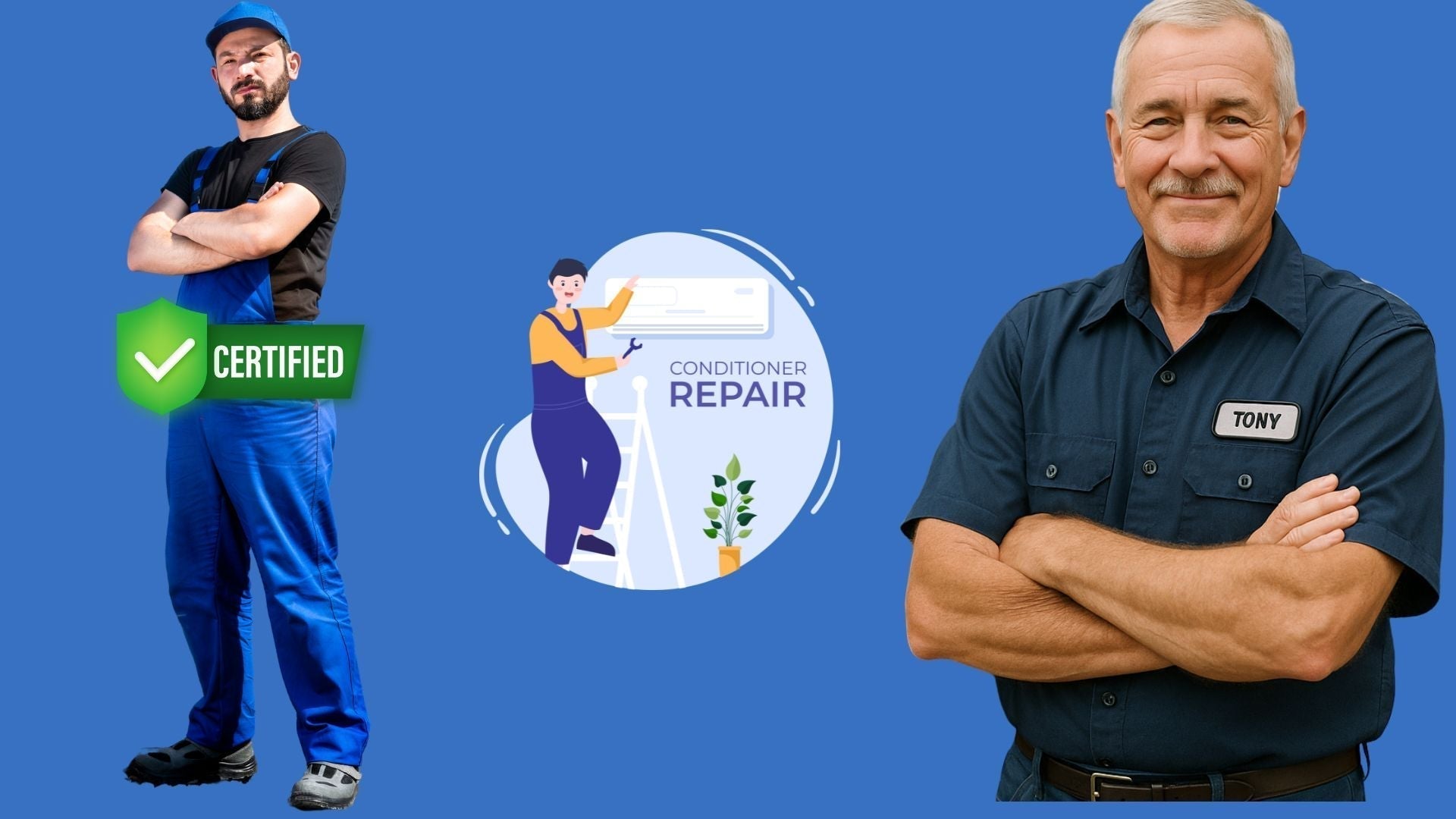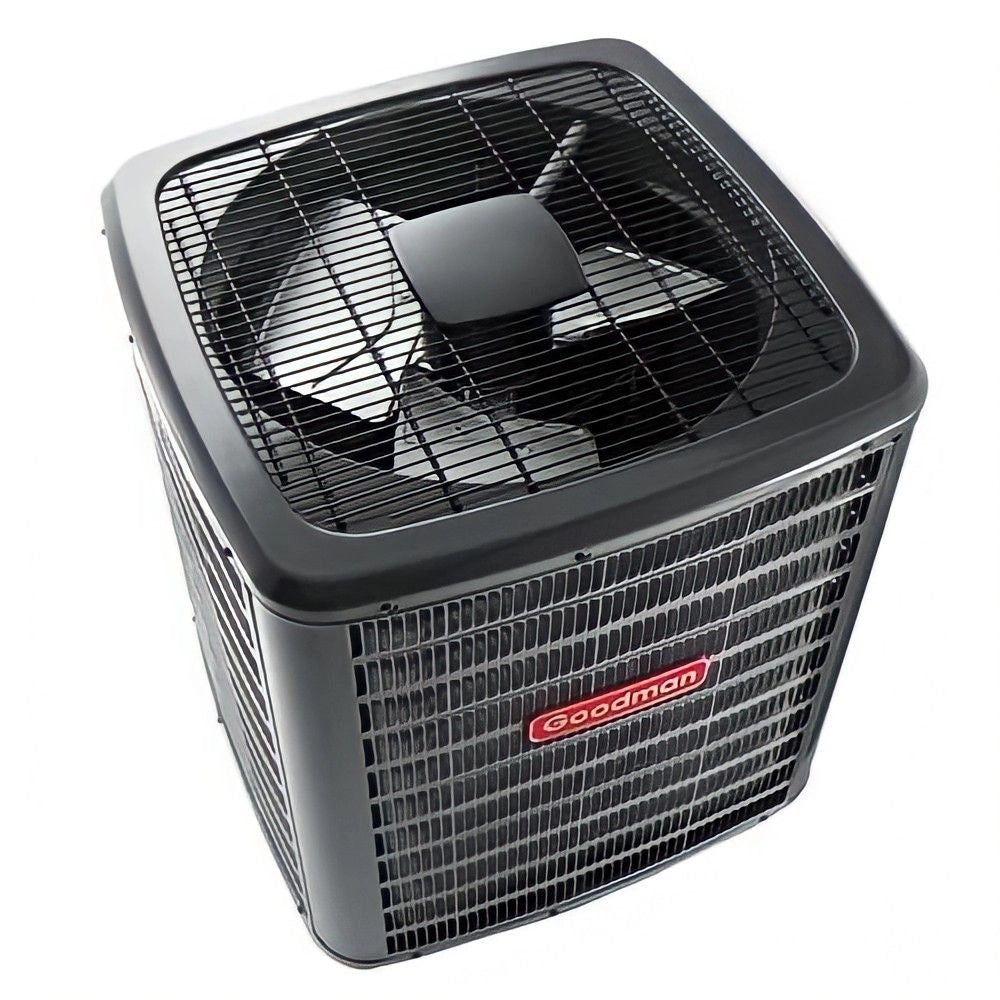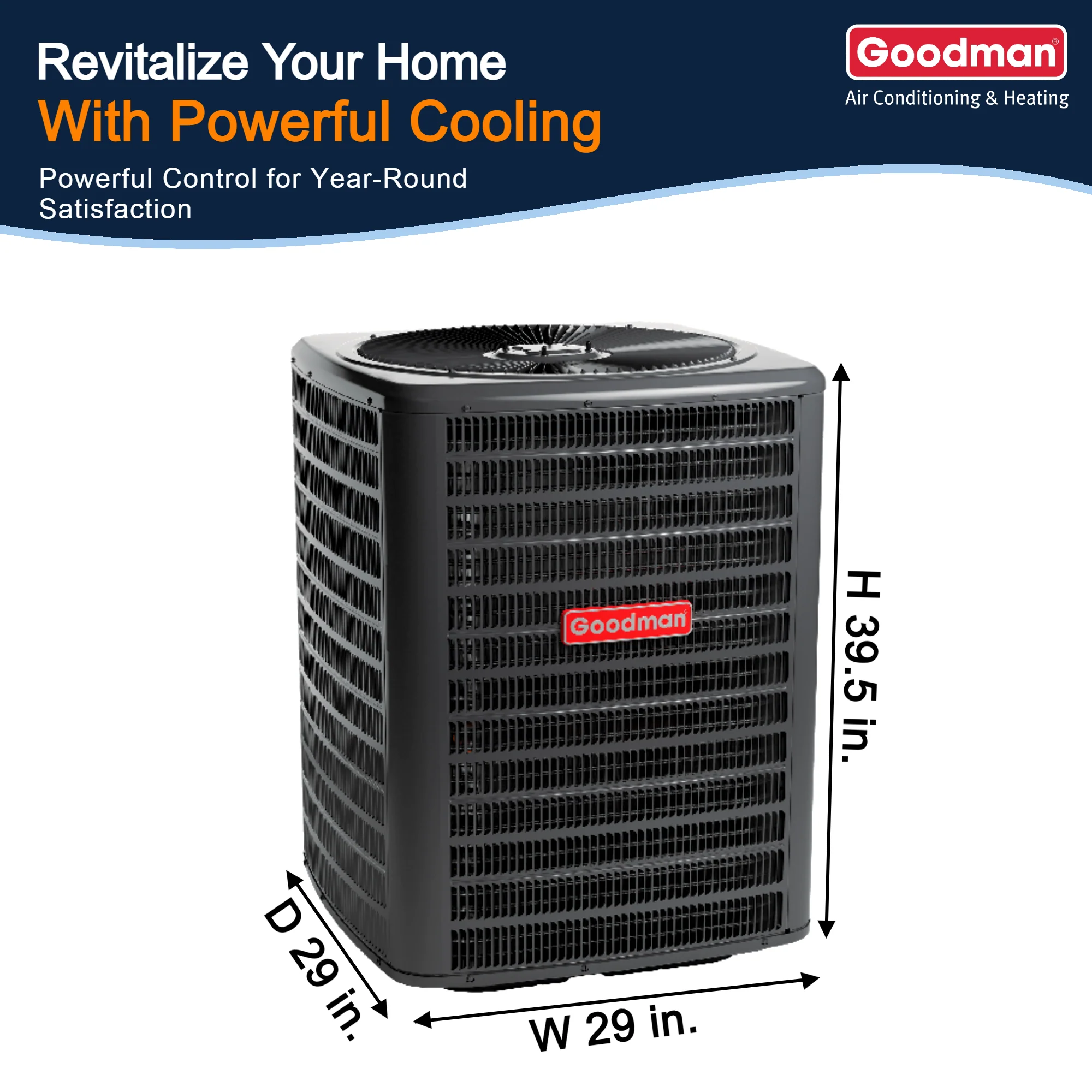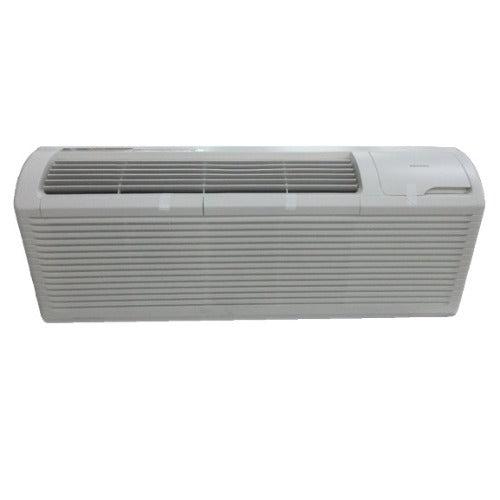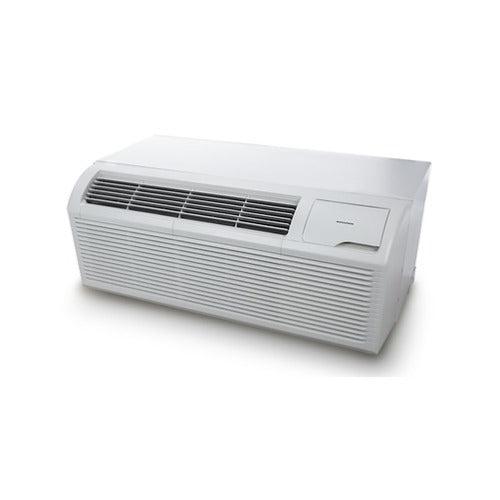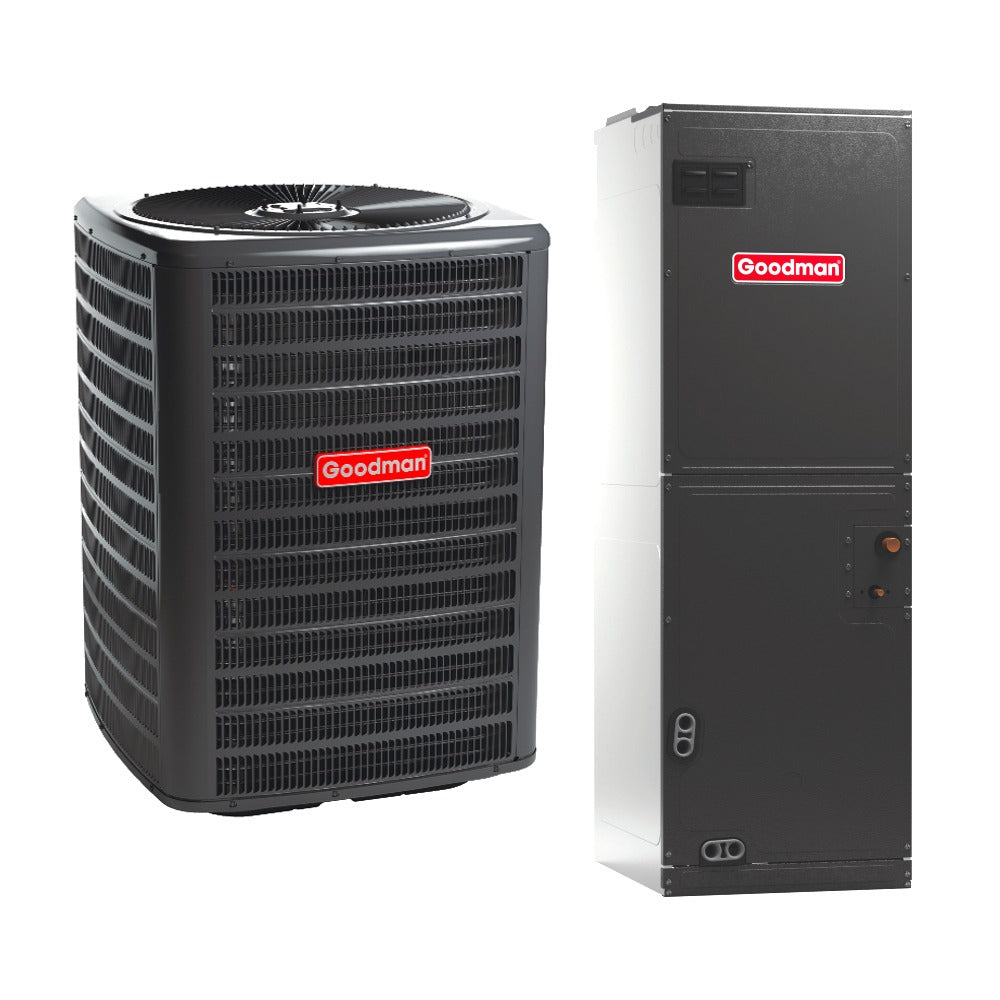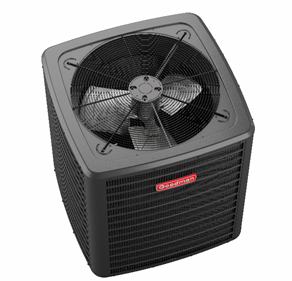Is Your AC Installer R-32 Certified? What to Ask Before the Job Starts
Let me level with you—installing an R-32 system isn’t the same as slapping in an old R-22 or R-410A unit. This isn’t beginner-level stuff. I’ve seen too many homeowners and landlords burned (not literally, thankfully) by hiring an HVAC tech who didn’t have the right training or equipment for A2L refrigerants like R-32.
So here’s my no-BS guide to vetting your HVAC installer. I’m talking specific questions to ask, certifications to look for, and why it matters. Because let’s face it: the guy you hire is just as important as the unit you buy.
Why R-32 Is a Different Ballgame
R-32 is an A2L refrigerant—that means it’s mildly flammable and high-pressure. It’s got a better GWP (Global Warming Potential) than R-410A, which is why it's being adopted worldwide. But with these benefits come stricter safety standards.
Organizations like the Air-Conditioning, Heating, and Refrigeration Institute (AHRI) and the U.S. Department of Energy have pushed for training programs and safety protocols tailored for A2L systems. And yes, that means your installer needs to know their stuff.
6 Questions You Must Ask Your HVAC Installer
1. Are You Certified to Handle A2L Refrigerants?
This is non-negotiable. They should have updated Section 608 EPA certification, and ideally have completed manufacturer-specific training or courses from trade organizations like the Refrigeration Service Engineers Society (RSES).
If they give you a blank stare when you mention A2L refrigerants, find someone else.
2. Do You Use A2L-Rated Tools and Detectors?
You need tools that won’t spark or cause a hazard with mildly flammable refrigerants. That includes:
-
Spark-proof leak detectors
-
R-32 rated recovery machines
-
Refrigerant gauges specifically designed for high-pressure systems
Pro tip: Ask them to show you their equipment or share photos.
3. Are You Following UL 60335-2-40 Safety Standards?
This one separates the pros from the pretenders. These standards outline ventilation, electrical safety, leak management, and more for systems using flammable refrigerants. You can read more about the standard from UL Solutions.
4. Will You Properly Size the System Based on Manual J?
Any real tech worth their gauges will use Manual J load calculations—not back-of-the-napkin math. Sizing an R-32 system right ensures you’re not overspending on capacity you don’t need, or worse, buying a system that can’t keep up.
For more on Manual J, check out the ACCA’s resources.
5. How Will You Handle Refrigerant Charging?
R-32 systems need precise charging by weight—not pressure alone. Ask how they charge systems and confirm they have digital scales and vacuum pumps rated for A2L refrigerants.
6. What’s Your Plan for Leak Detection and Recovery?
Because R-32 is flammable, the recovery process is different than older refrigerants. Techs should use R-32-specific recovery tanks and follow the latest AHRI leak protocol for A2Ls.
Red Flags to Watch For
-
“R-32? Isn’t that just like 410A?” (Wrong.)
-
“We don’t need any special tools.” (Dangerous.)
-
“I’ve been doing this for 30 years, I don’t need training.” (That’s ego, not experience.)
Experience matters—but only when it’s paired with up-to-date knowledge of modern refrigerants and codes.
Tony’s Bottom Line
Your R-32 system is a smart investment—but only if it’s installed right. And trust me, a shoddy install will cost you more in efficiency, safety, and performance than any upfront savings.
Always ask these six questions. Don’t be afraid to shop around. And remember: the installer should earn your confidence, not assume it.

